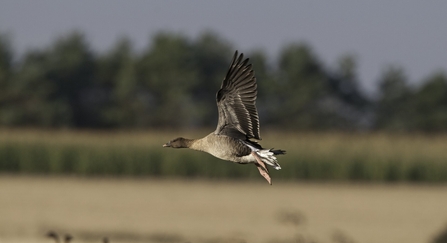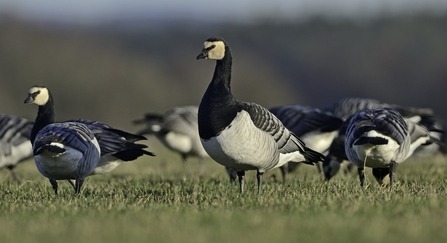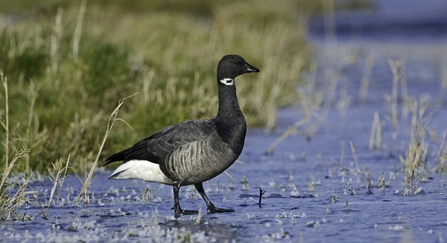In early October, as the first snowflakes fell in the Arctic, one of the great wildlife migration spectacles began… wild geese began to return to their wintering grounds.
The entire Icelandic breeding population of pink-footed geese, totalling over 360,000 birds, return to the UK for the winter. Joining them are barnacle geese returning from northeast Greenland, Svalbard, northwest Russia and the Baltic region. The journeys that these species undertake is incredible.
We are extremely lucky in Yorkshire to be at the focal point of this migration, with so many opportunities to witness these wonderful birds in the wild, especially at this time of year.
Here are some species you may spot this winter:



